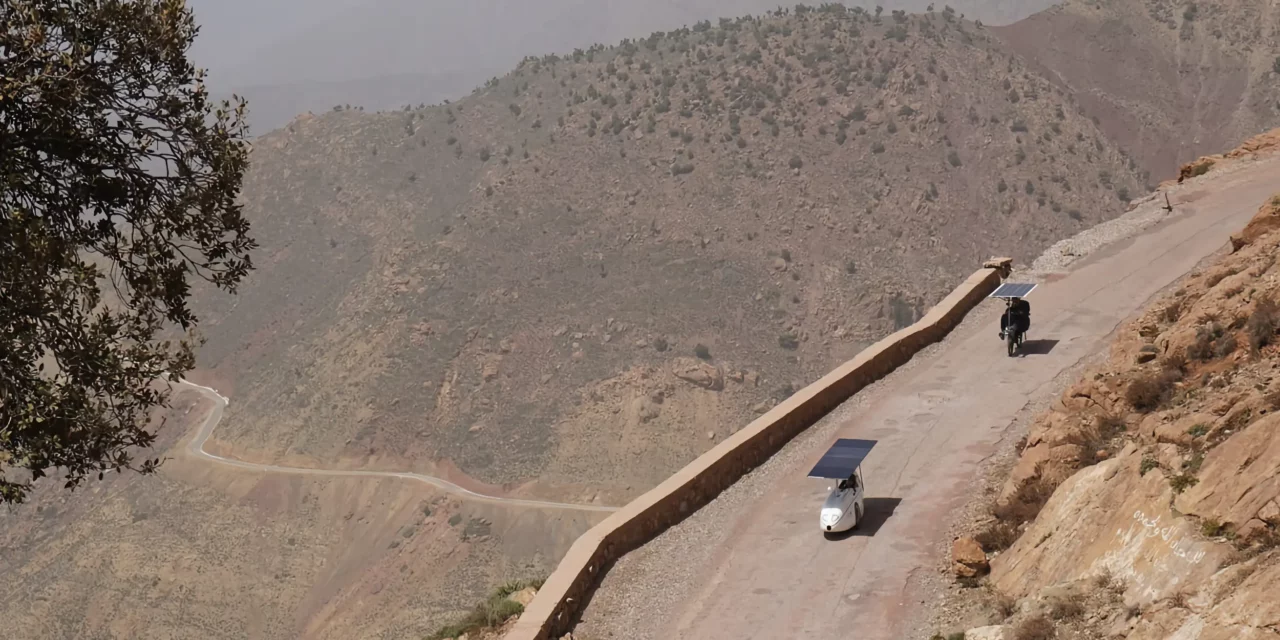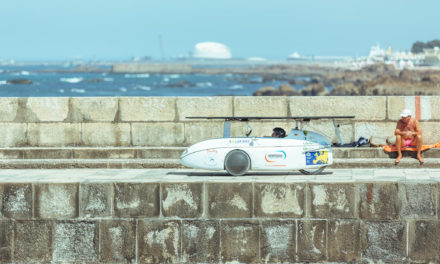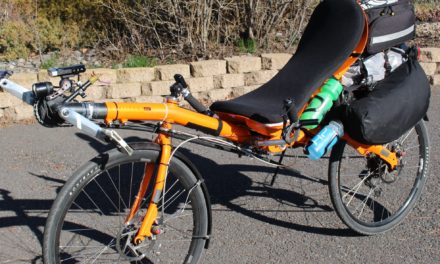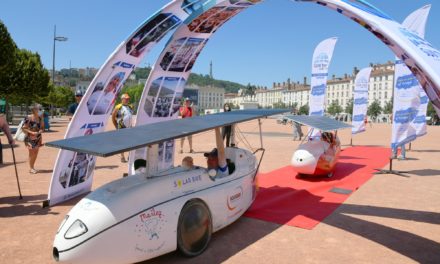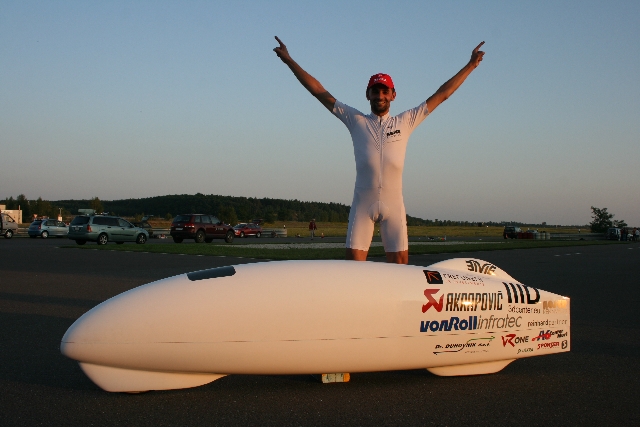Sun Trip 2024 is a marathon race of electric bikes, which requires not only the endurance of the rider, his technical knowledge, but also the ability to improvise, good navigation and, of course, reliable bike. This year, it is about 7,000 km / 4,300 miles long and is ridden on solar bikes from Lyon, France to Morocco and back. A total of 16 teams lined up for its start on April 12. One team is riding a tandem, one is a two-man team on two recumbent trikes and the rest are solo riders. That makes a total of 17 bikes of which only one is a classic upright one and all the others are recumbent bikes including one velomobile.
Photo: Facebook Sun Trip
Jean-Marc Dubouloz won the last edition in 2021 and this year he is again on top in his velomobile WAW. He even managed to break the one-day race record, which now stands at an incredible 475 km / 295 miles thanks to him. And that’s taking into account that racers only have 13.5 hours a day in which to be on the track. Right behind him is Britain’s Jack Butler on the AZUB SIX recumbent, who also took part in the Sun Trip in 2018, but who was then heading from France to Guangzhou, China. Jack was still riding an upright bike in 2018 and finished in a great sixth place. However, the comfort of recumbent bikes quickly tempted him on his return from China and this year the long journey will be much more comfortable for him.
Jean-Marc Dubouloz won the last edition in 2021 and this year he is again on top in his WAW velomobile. He even managed to break the one-day race record, which now stands at an incredible 475 km / 295 miles thanks to him. And that’s taking into account that racers only have 13.5 hours a day in which they can be on the route. Right behind him is a Brit named Jack Butler on an AZUB SIX recumbent, who also took part in the Sun Trip in 2018, but who was then heading from France to Guangzhou, China. Jack was riding an upright bike back in 2018 and finished in a great sixth place. However, the comfort of recumbent bikes quickly tempted him after his return from China and this year the long journey will be much more comfortable for him. Jack says: “Of course I’m registered as a racer for this year! I would love to match or beat my previous result which was 6th place in 2018. However, part of my success then was due to the reliability of my bike (tortoise vs hare tactics). I don’t think I’ll have that advantage for 2024, as the roads on the course will be very good almost everywhere. Lots of fast former participants are riding this year as well, and the experience they bring will be invaluable to race success.” So far he is clearly doing more than well.
At the time of writing this article, the young German duo Kilian and Jonas on the AZUB TWIN recumbent tandem are in third place, already a good 500 km / 310 miles behind the leaders after the first week of racing. However, they are coping with the challenges of the race very well so far. Incidentally, one of the links between the top three riders are bikes that have tilting panels to follow the sun, which greatly improves their solar gains and allows them to ride faster.
The other bikes are then both recumbent trikes and recumbent bikes. Within the given rules, which determine the maximum possible panel size, maximum battery capacity and conditions for engine performance, it is then up to the builders what strategy they choose and how they combine the individual components. The reliability of the overall system, as well as the durability of the design in harsh conditions, is then extremely important in a race.
Follow the Sun Trip 2024 online
You can follow the entire race online, as each team has a GPS tracker installed on their bike that transmits their location every 10 minutes via satellite. You can therefore follow the riders on Sun Trip live tracking website and, if required, view their progress throughout the race. It’s more than interesting to see what route they choose, when they finish their ride each day and when they start the route in the morning. Compared to previous years, organiser Florian Bailly has tightened up the rule that limits the amount of time riders can be on the go. So this year, on the way to Morocco they can only ride from 7 am to 8:30 pm, then in Morocco and on the way back their time is extended with the option to start half an hour earlier. Also, the route itself is not strictly defined and only selected check-points are mandatory, which are identified by flags on the online map. Likewise, the selected ferry from Spain to Morocco and back is mandatory, plus one forbidden Moroccan coastal road is marked. So basically it is up to the competitors what route they choose. In most cases they have it planned long in advance and stored somewhere on their mobile phone. They make adjustments only occasionally according to the current situation. Jean-Marc Dubouloz in his 2018 interview, which you can read here on RECUMBENT.news, claimed that he even has a volunteer at home helping him with route adjustments and sending them via WhatsApp to his other mobile phone. Jean-Marc can then choose which route he chooses.
The race has already seen some thrilling moments and twists. In addition to heavy downpours, race leader Jean-Marc had technical problems with his WAW velomobile and even a crash in the south of Spain caused by extremely strong winds. Second place Jack Butler has taken the lead twice already. For those who arrived late in the Pyrenees on the border between France and Spain, even the snow made the journey difficult. In fact, the date of the race was postponed compared to previous editions and instead of June, the race started in April so that it would not be so hot during the race. However, this change has backfired on the racers themselves and they are now dealing with very cold weather. Especially those of them who are in the tourist non-racing category and are at the back of the starting field.
In addition to the online map, we recommend following Sun Trip’s Facebook page with daily news, or the social networks of individual racers. For example, Jack Butler even manages to edit videos during the race. You can also find a overview of all the bikes in the article here.
Stay tuned, it’s going to get very interesting. Especially in Morocco, where the conditions are going to get much tougher. Whether it be in terms of traffic, road quality, hilliness of the route, etc.
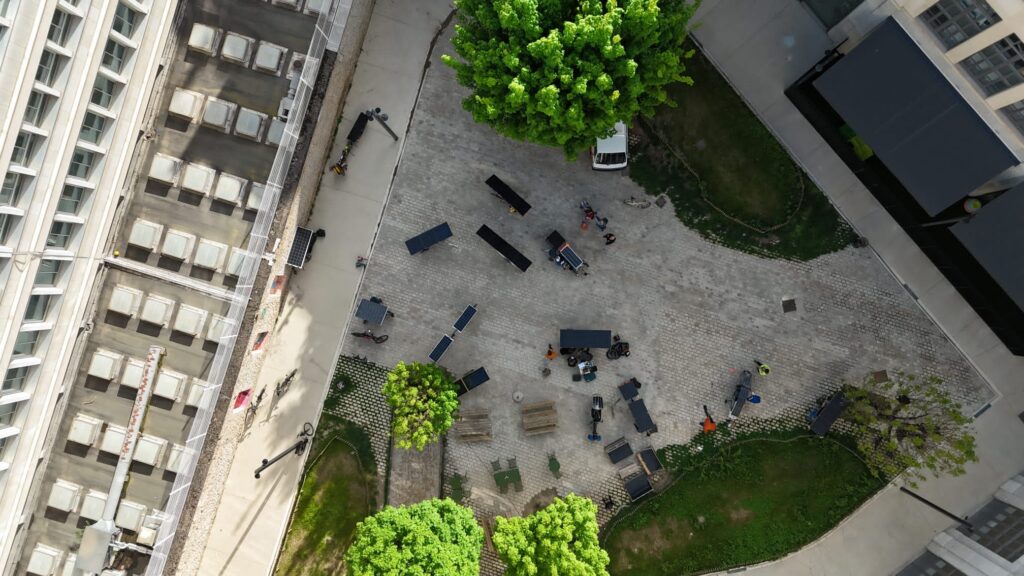
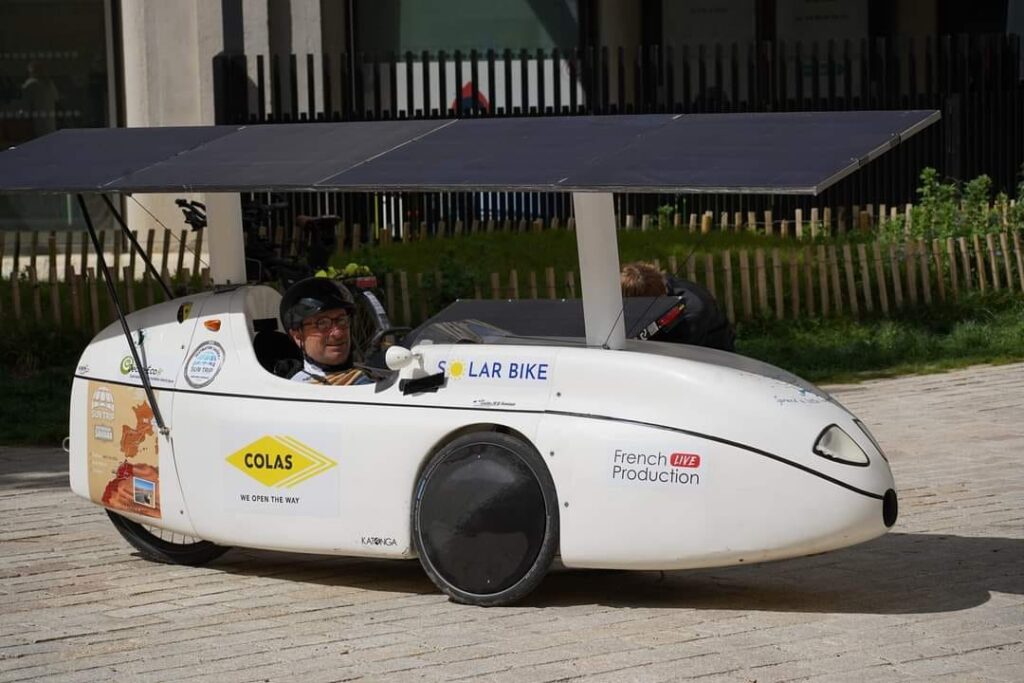
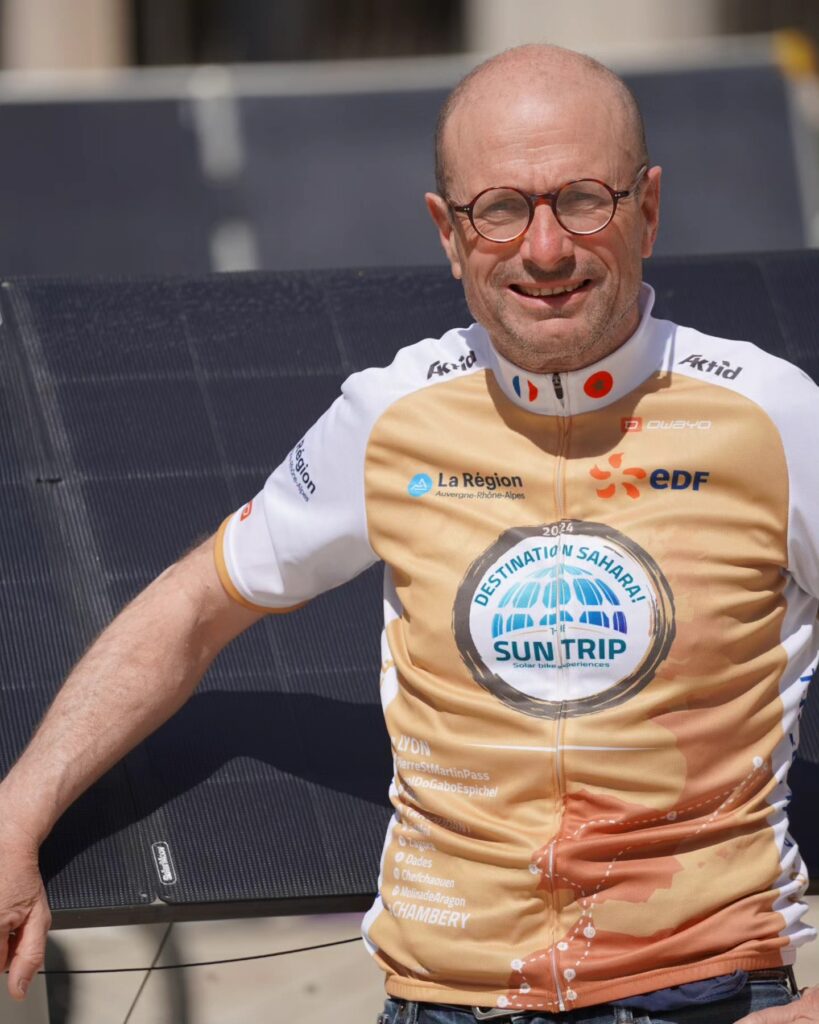
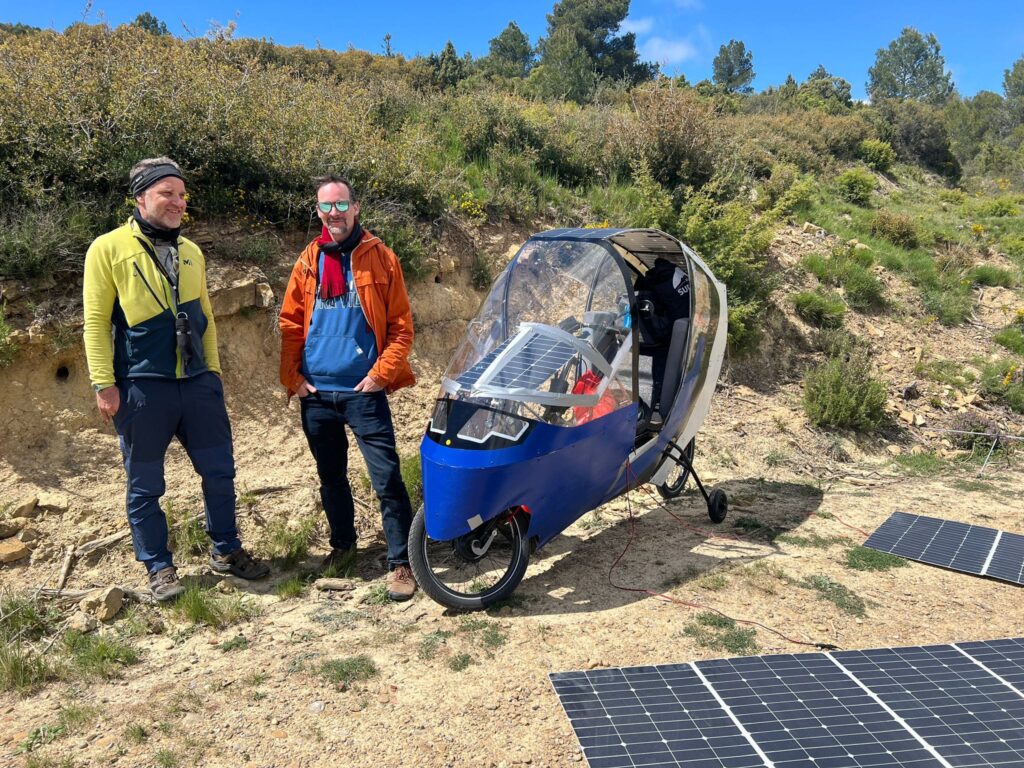
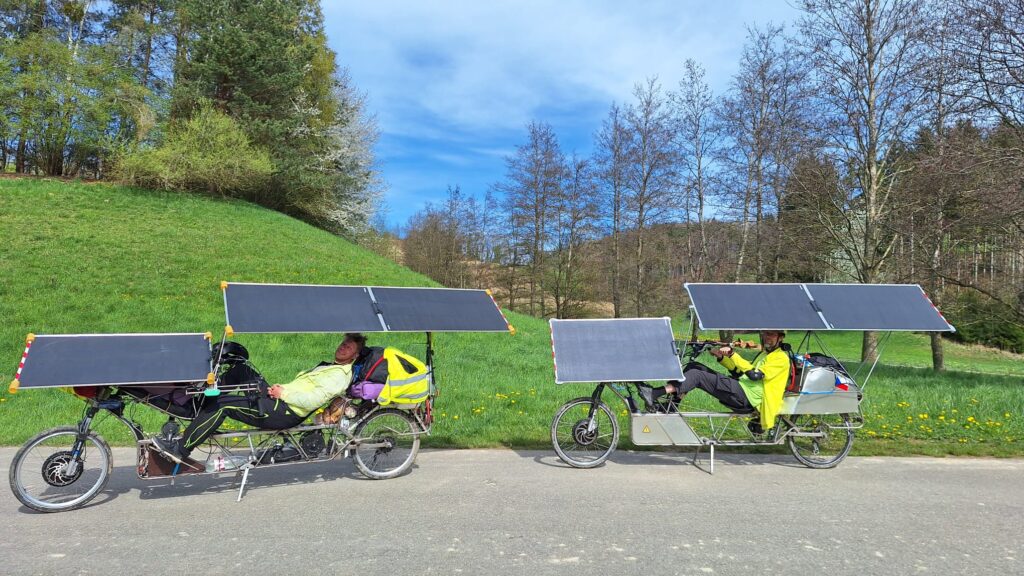
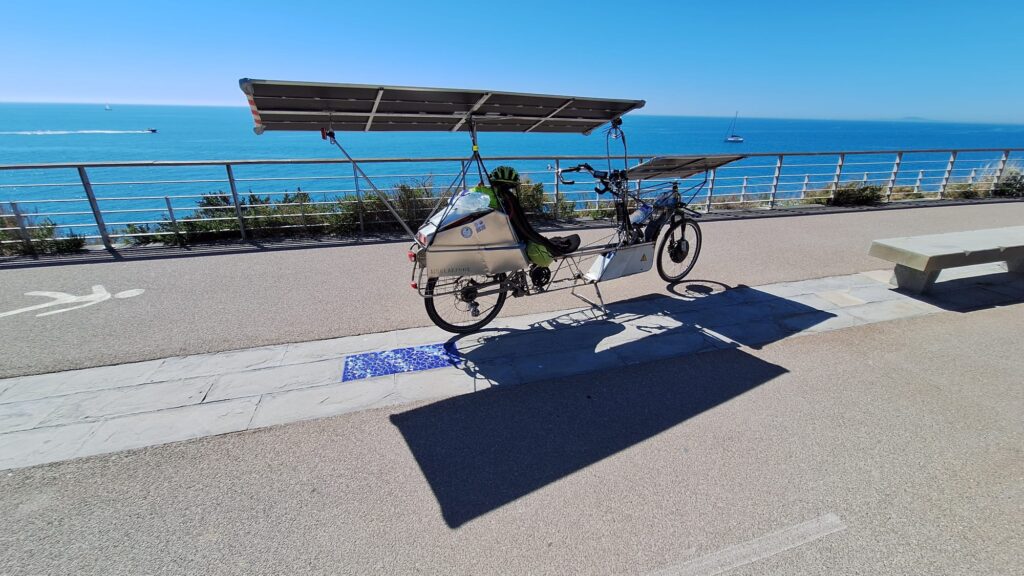
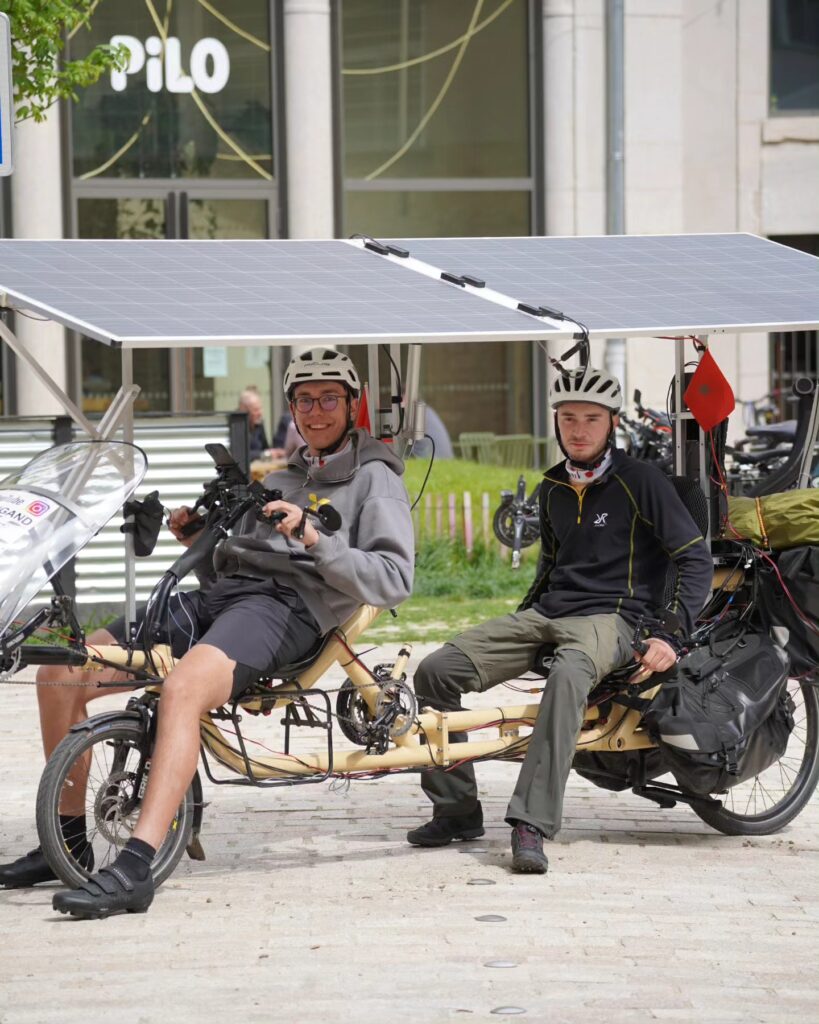
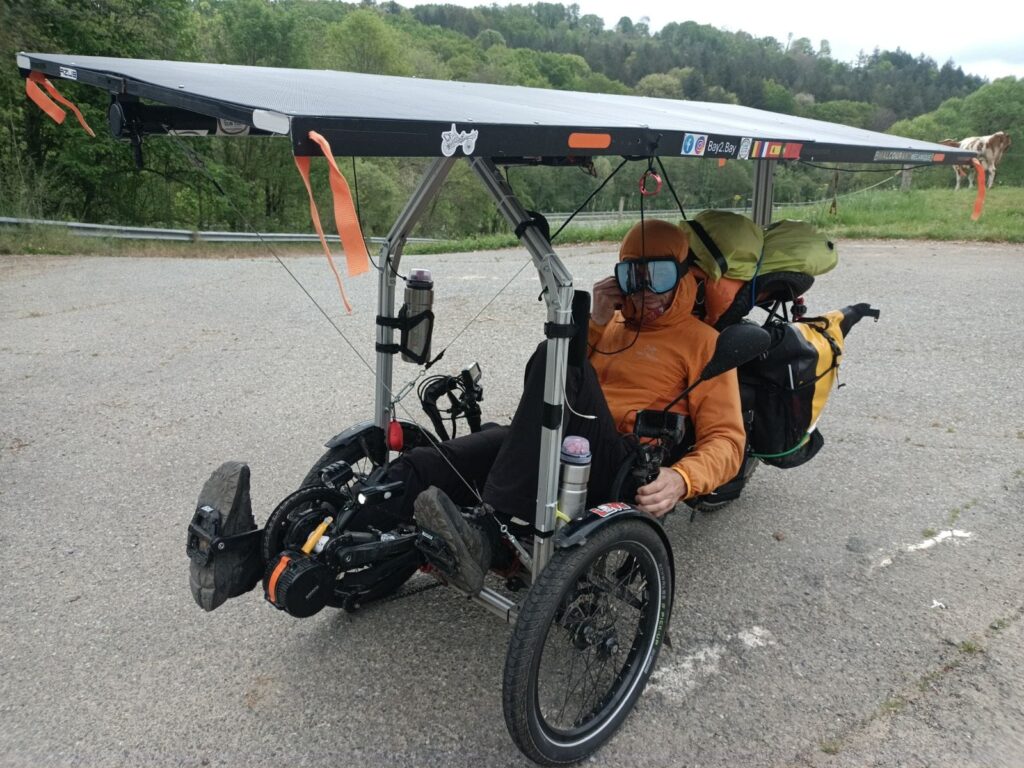
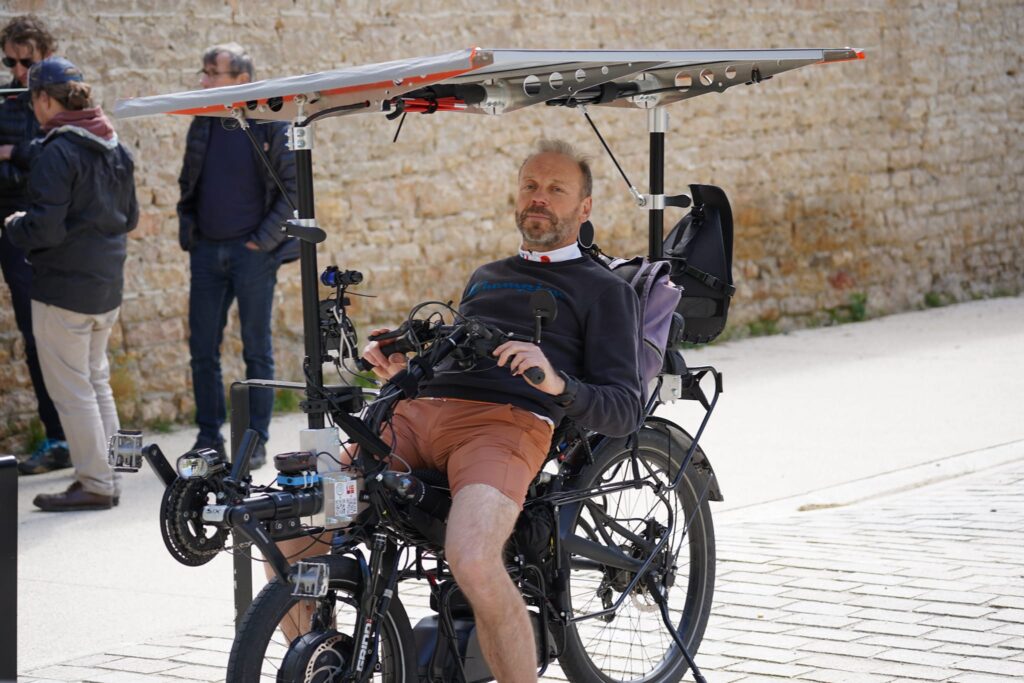
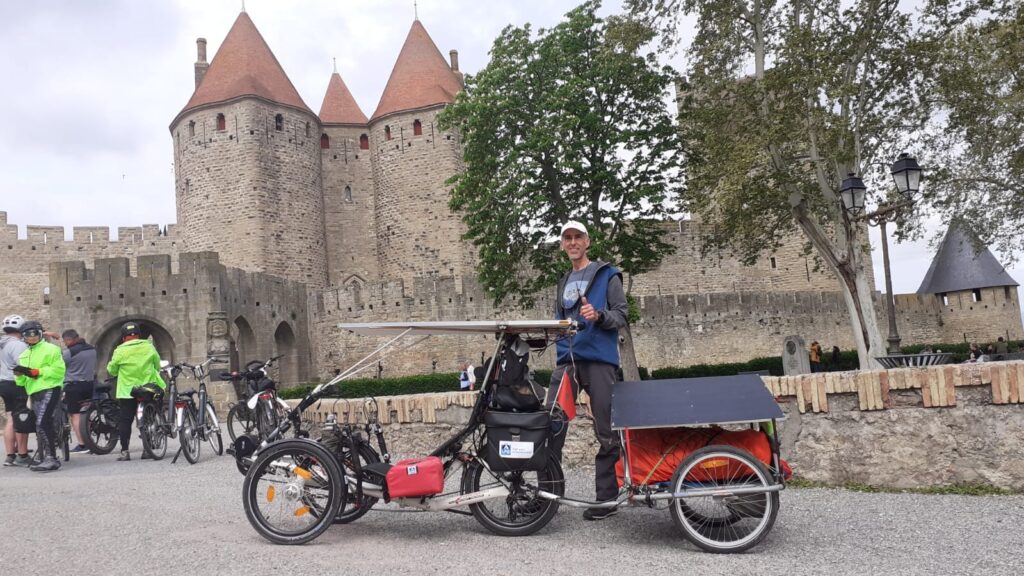
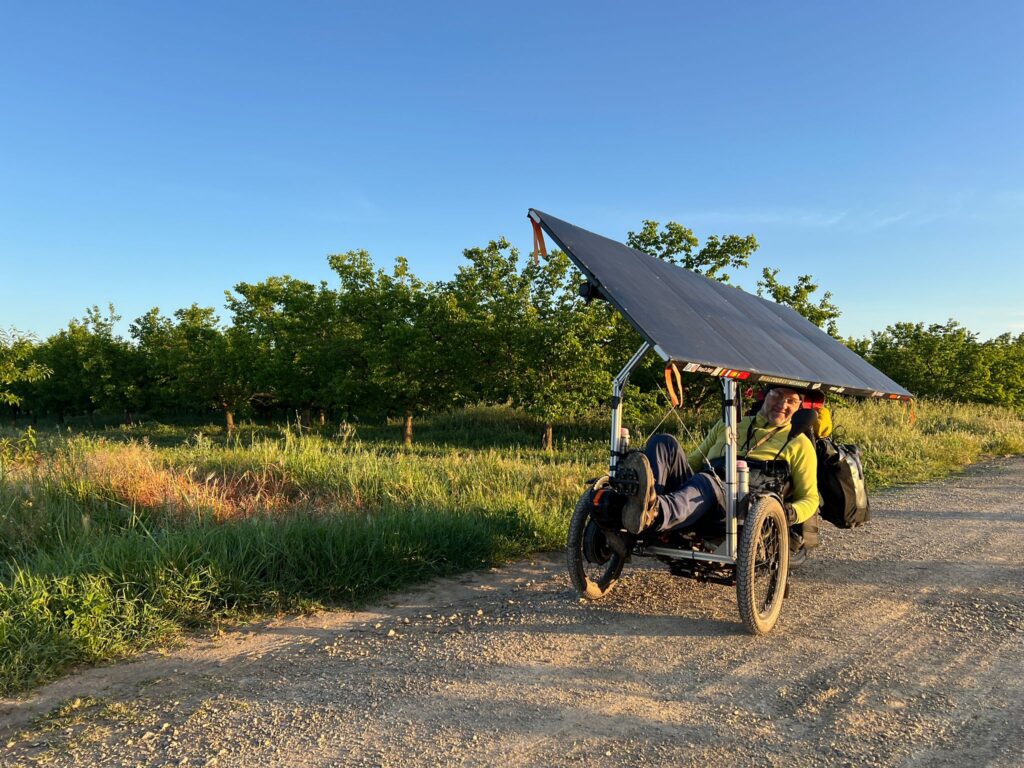
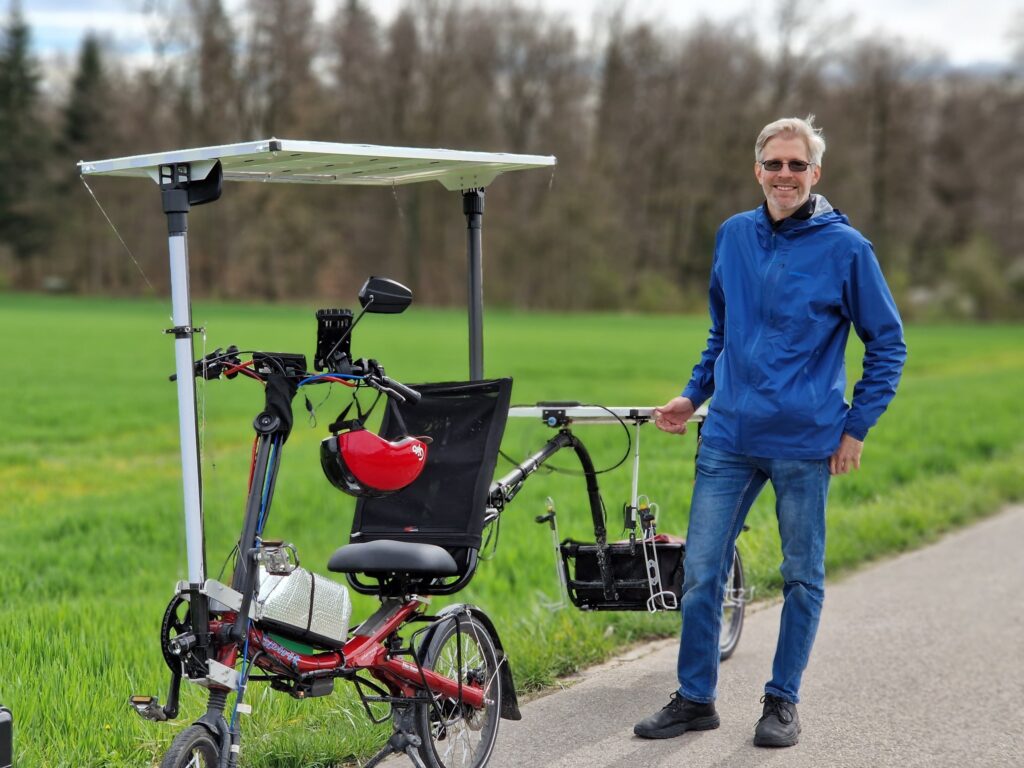
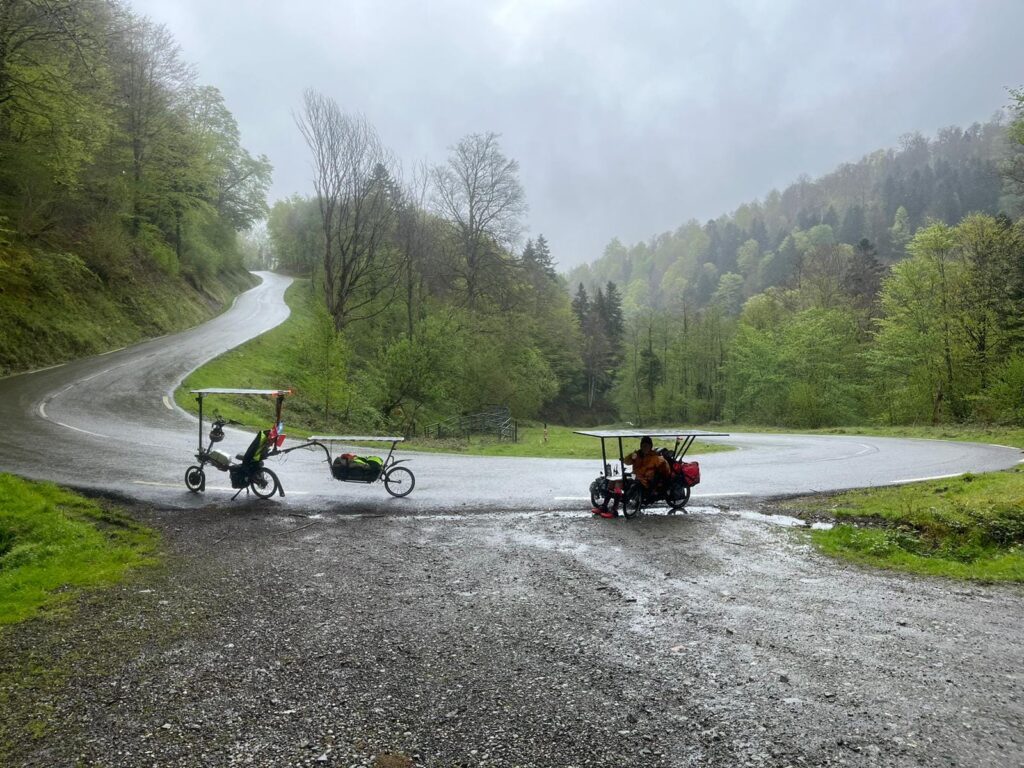
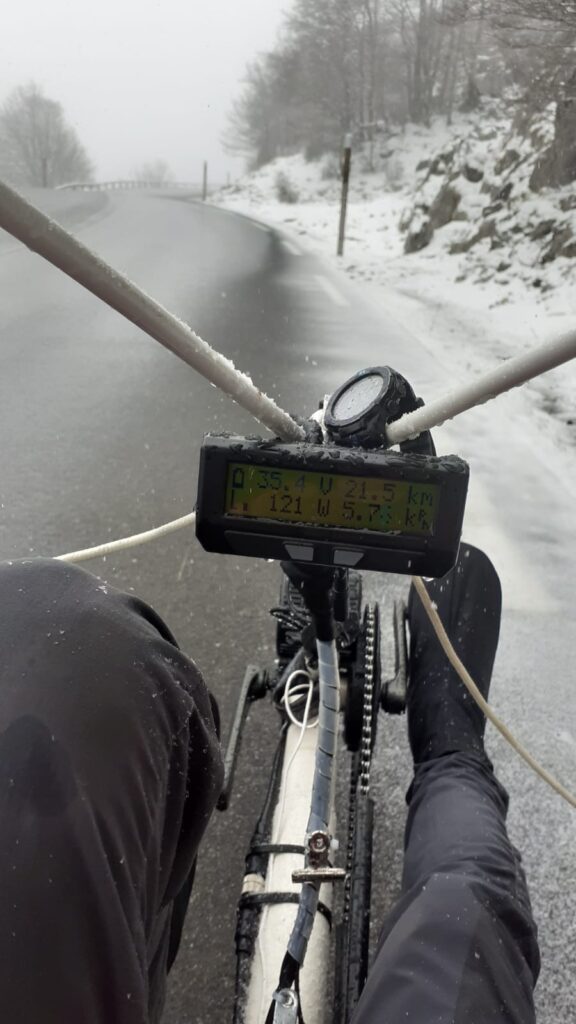
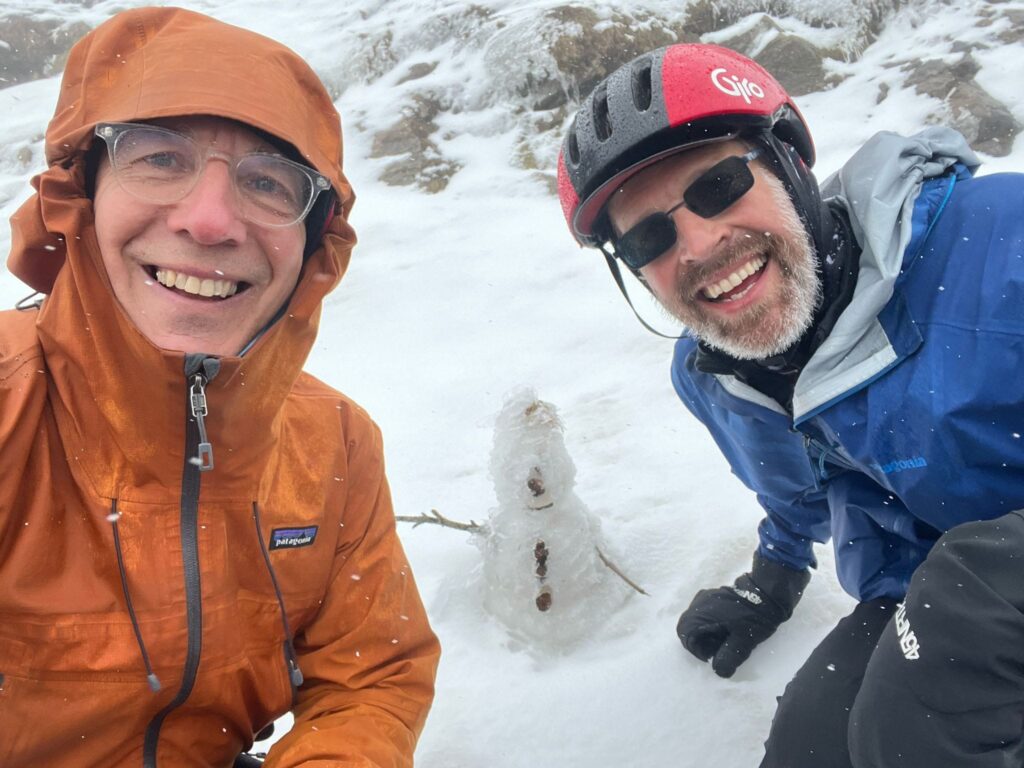
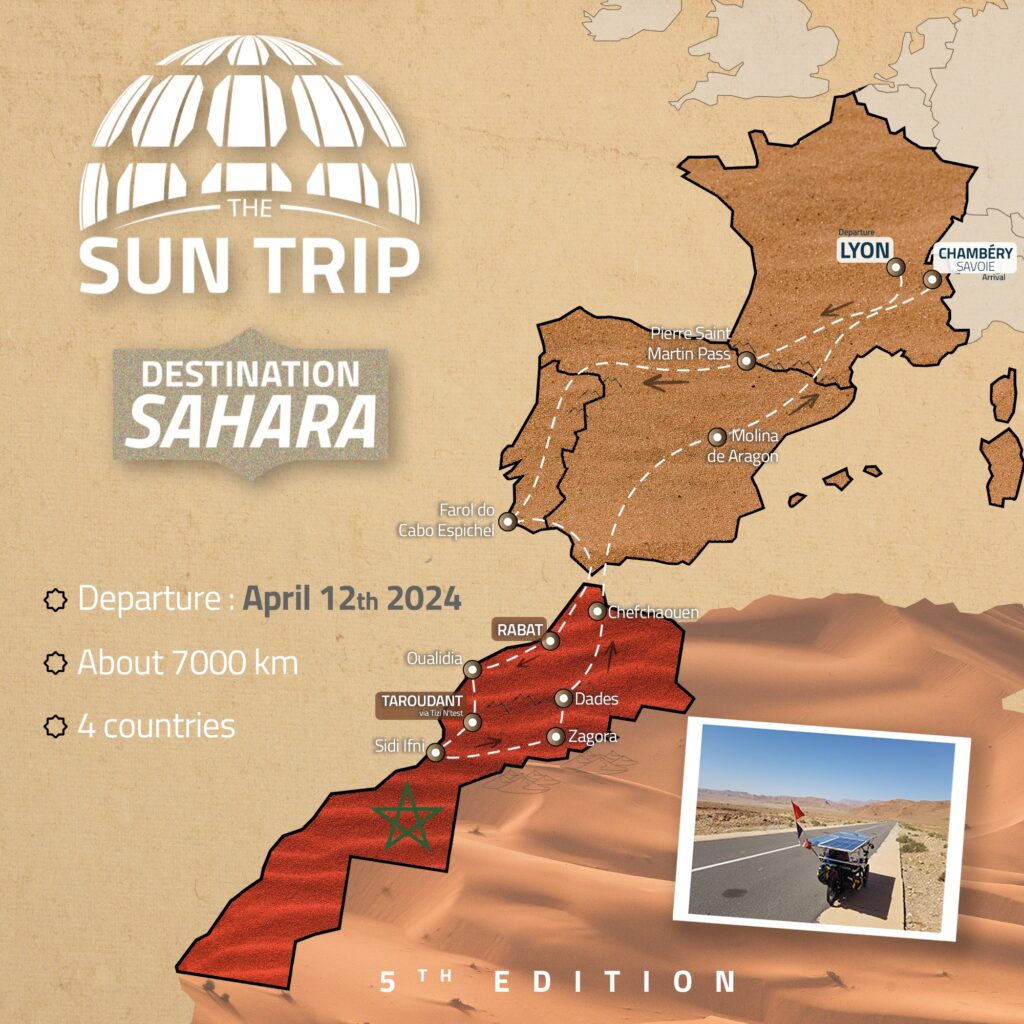
The Sun Trip through time
In June 2010, Florian Bailly embarked on a daring solo expedition, crossing Europe and Asia on an electric bike charged by a solar panel mounted on a cargo trailer. His journey was aptly named “Sur la route du soleil levant” (On the road to the rising sun) and covered 10,000 kilometres / 6,213 miles, during which Florian crossed a dozen countries, including an unforgettable stop at the Expo in Shanghai. In October 2011, he arrived in Tokyo, Japan, and accomplished what no one had done before him. While riding across the endless plains of Kazakhstan, he dreamed up a solar bike race and made it happen three years later. Inspired by the epic races of sailboats across oceans, Florian Bailly imagined a similar spectacle for solar bikes. Thus, in June 2013, the first Sun Trip was launched. Measuring almost 8,000 km / 4,970 miles, it ran from Chambéry in France to the Kazakh capital Astana, with a single checkpoint on the route in Sochi, Russia, on the shores of the Black Sea. The winner was the famous Rad van Hulle on a modified HASE Pino, who covered the distance in 38 days with an average daily distance of over 200 km / 124 miles. Again, it must be taken into account that the riding time was limited to approximately 6:00 to 22:00 each day. It was still going through the Ukrainian Crimea at that time and I also took part in it. Together with my teammate Karel Šebela, known as the Czech Solar Team, we finished 4th on AZUB TRIcon 20 trikes and were the first two-person team to reach the finish line.
Two years later, the route from Milan, Italy to Antalya in Turkey and back was raced, in 2018 it was to Guangzhou in China and the Sun Trip measured an incredible 12,000 km / 7,456 miles. Followed in 2021 by a grand tour of Europe with a similar length. Interestingly, Raf van Hulle won again in 2018, reaching Guangzhou in just 45 days, a mere seven days more than he needed to cover almost half the distance. And the development continued on, as two velomobiles finally completed the race in 2021. Both took the top two places in a battle that lasted until the final day. Jean-Marc Dubouloz reached the finish line in a hard-to-believe 33 days and two hours, just three hours ahead of Emile Barbut. The average daily distance (max. 14 hours of riding) was thus 333 km / 207 miles! Let’s see how it goes this year.

